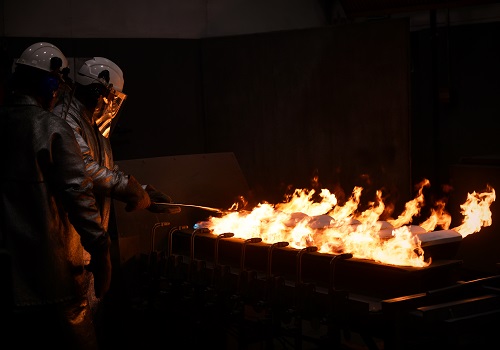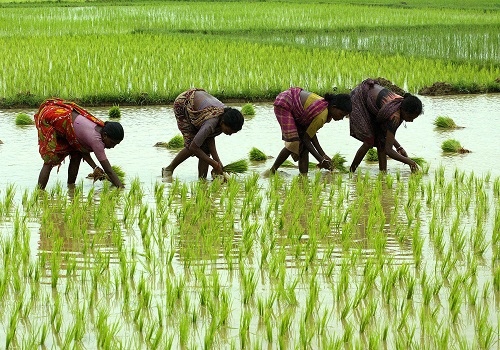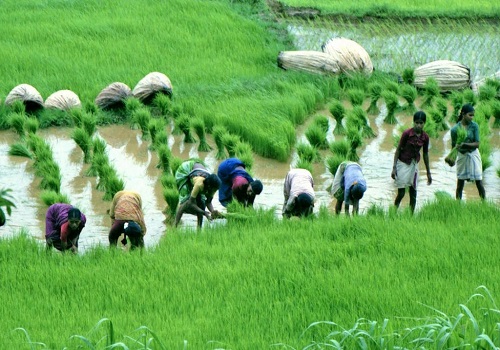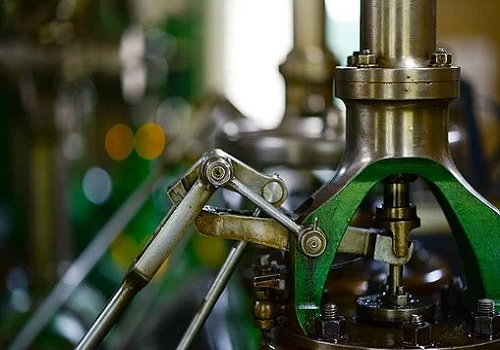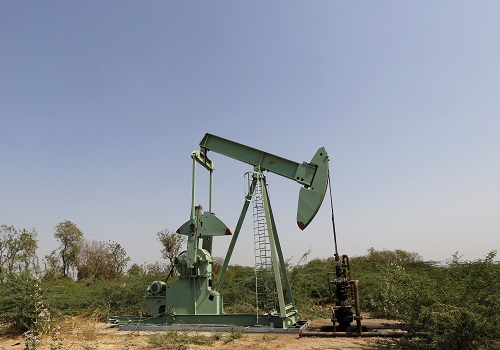Greening food systems will help COP15 nature deal grow
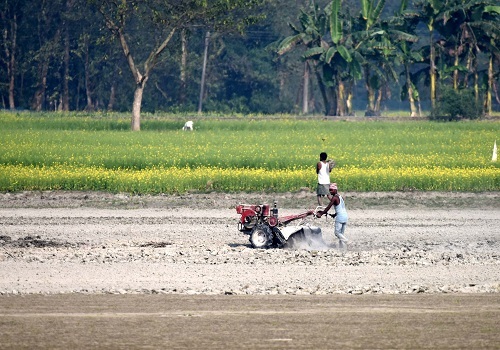
Follow us Now on Telegram ! Get daily 10 - 12 important updates on Business, Finance and Investment. Join our Telegram Channel
Transforming how countries produce and finance food in ways that protect both nature and poor farmers will be one of the biggest challenges of a landmark global deal to halt biodiversity loss agreed late last year, said U.N. officials who led the process.
At the COP15 biodiversity summit in Montreal in December, about 195 countries adopted ambitious targets to halt and reverse harm to plants, animals and ecosystems, while respecting the rights of indigenous peoples.
The "Kunming-Montreal Global Biodiversity Framework" - delayed two years by the pandemic and slow-paced talks - has been welcomed by environmentalists, who have urged governments now to develop national plans and policies to meet the pledges.
Two top U.N. officials who helped put the deal together said in interviews that greening agriculture - by reducing pesticides and harmful subsidies, using fertilisers more wisely and managing land better - will be a tough task for governments, which need to include the most-impacted groups from the start.
Basile van Havre, co-chair of the group that crafted the nature deal for the U.N. Convention on Biological Diversity (CBD), said it includes important targets for food production.
"For almost every government, this means a wholesale change in the way we look at agriculture," he said.
Making food systems friendlier to the planet's climate and ecosystems is akin to the wholesale switch from fossil fuels to cleaner energy that needs to happen globally, he added.
People around the world depend on nature - from oceans to rainforests - to supply them with clean air and water, and to regulate rainfall that is vital for growing food crops.
And because plants absorb planet-heating carbon dioxide to grow, strengthening conservation efforts is widely seen as one of the cheapest and most effective ways to curb climate change.
But forests and other ecosystems are still being destroyed, often to expand agriculture and production of commodities such as palm oil, soy and beef, to feed a growing global population.
"We are conscious that if we are to feed another half a billion (people) on this planet, there will be more food grown," said van Havre. "It's (about) smarter use of pesticides and nutrients, in a way that does not harm the environment."
PESTICIDES 'TREADMILL'
Signatories of the new nature deal must present their national plans at the next U.N. biodiversity summit in 2024.
There has already been momentum from governments on the pact's core pledge of protecting at least 30% of land and oceans by 2030, said David Cooper, the deputy executive secretary of the CBD, which will oversee the deal's implementation.
But meeting biodiversity goals cannot be achieved by environment ministries alone and will need wider co-operation within governments, he emphasised.
Cooper is due to be appointed acting executive secretary of the CBD this month, when U.N. biodiversity chief, Elizabeth Maruma Mrema, joins the United Nations Environment Programme.
Cooper said one key task for governments is to work out how to redirect subsidies from activities that harm biodiversity towards those that protect nature, which will take time.
Many such subsidies are also given for social reasons - such as fertilisers for farmers - and removing them will require open and transparent dialogue to ensure a "just transition", he said.
"Getting that right is going to be challenging," Cooper said, adding that in some countries, fertilisers are being over-used, so reducing them could bring broader benefits.
Another key aim should be "getting off the pesticides treadmill", because while they are an inherent part of food production, they often kill natural pest enemies too, he noted.
Measures that can encourage a shift away from agricultural chemicals, while increasing yields, include natural pest controls and farmer field schools, he added.
"It does require painstaking work with farmers to make those changes," Cooper said.
Van Havre said one way forward is to boost harvests on smaller patches of land or, in some areas with rich biodiversity, to use agro-ecology techniques and accept lower yields.
A green transition in global food production that also ensures enough food supplies must be backed by "evolution of our financial system and regulations" for agriculture, he noted.
Subsidies and incentives for farmers will have to focus less on increasing food production and more on activities that encourage good stewardship of nature, van Havre added.
At the same time, those working in food production - from farm to fork - will require assistance to change how they do their jobs through the creation of "a strategy that is a positive one for people", he said.
"There is a huge opportunity - it's just (about) being open to change and making sure we don't leave anyone behind in that transition," he added.
Originally published at:
















